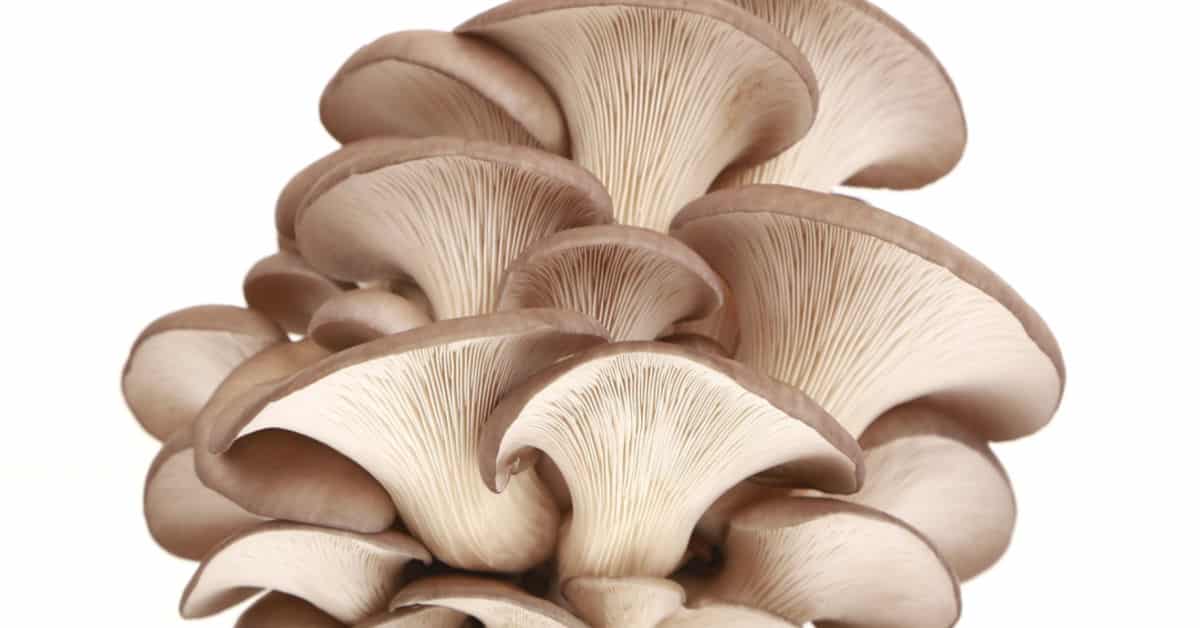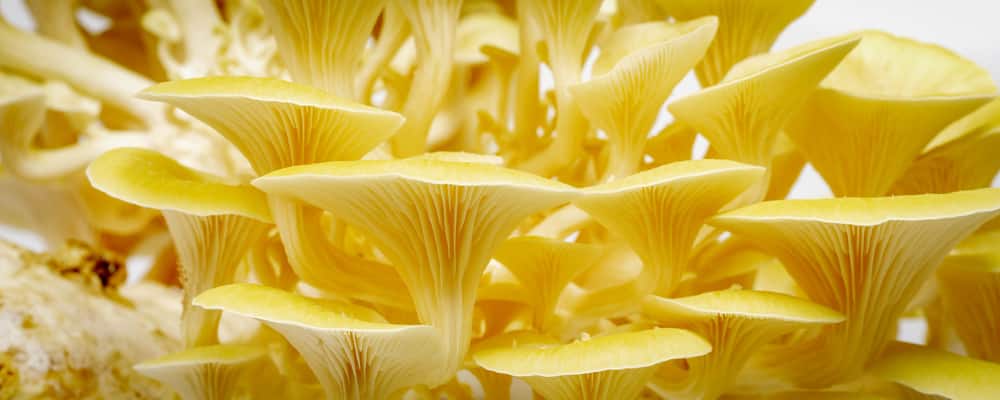Oyster mushrooms are some of the tastiest edible mushroom varieties around, and the good news is that you can grow them right in your own home.
Once you have a mushroom kit and environment set up, it’s only a matter of time before you can harvest your oyster mushrooms for eating. However, you will have to know when and how to harvest oyster mushrooms, which we’ll show you in our simple and easy-to-follow guide.
When to Harvest Oyster Mushrooms
Most commercial mushroom kits come with instructions on how you can set up your oyster mushroom environment. Also, they will come with a detailed timeframe on when you can start harvesting oyster mushrooms.
When growing oyster mushrooms it pays to be patient and follow the exact conditions and requirements as listed in the kit. It shouldn’t take too long to grow oyster mushrooms to an acceptable size and through maturity. The magic starts when the cap forms and begins to turn upwards.
As a side note, the date of maturity and picking is not something you should follow to the letter. It will only serve as a timeline on when you can expect to harvest your oyster mushrooms.
There are two ways to know if you can begin harvesting oyster mushrooms- by observing the cap and seeing if there is white dust (which are spores) on the ground. In general, mushrooms can be taken when the caps have turned upward, or from a convex to a concave shape. Incidentally, you’ll see a fine coating of white powder from where your mushroom sits which indicates that the specimen is mature and spreading spores for regrowth.
Size is not an indication of mushroom readiness. The largest-capped oyster mushrooms do not turn upwards first, but if you’re looking to get a large one for cooking then it’s recommended that you keep an eye out for it. Once you start to see oyster mushrooms, it may take anywhere between 3-5 days for the fungi to be ready.
Don’t wait until the caps and gills form a dark edge as this indicates that the mushrooms are past their prime. It’s likely that they will be hard and dry and not so good for eating compared to the ones picked at the right time.
How to Harvest Oyster Mushrooms
You may come across a heated debate online about how to properly harvest mushrooms. Some people are advocates of cutting, while others believe that twisting and pulling is the way to harvest oyster mushrooms.
That said, there isn’t a correct way to harvest oyster mushrooms. In the absence of a sharp knife, you can pull the mushroom out of its block as long as you’re careful not to damage the block. Or, you can do a precise cut on the base and leave a small mark, from which a new mushroom will probably grow from.
In any case, you should be careful not to disturb or damage other parts of the block while harvesting oyster mushrooms. In the wild, it’s best to wait until the fungus has produced spores so it can continue its regrowth cycle.
If you’re wondering, ‘will oyster mushrooms grow back?’, the answer is a yes. The oyster variety works just like other mushrooms in that they will regenerate new ones after a harvest. The mycelium reattaches to the medium, and the dikaryotic basidia on the gills will multiply and form new mushroom caps so you can get more.
You can prune out unwanted mushrooms that are past their prime whenever you’re picking oyster mushrooms for eating. Take a look at the cap and see if there are brown colorings on the side.
If it feels too dry or hard, then you can go ahead and cut it out, then dispose of the mushroom. Remember to time it right and harvest only when the caps are turning upwards to get the best flavor. It’s also okay to harvest oyster mushrooms when the cap edges are flattening out.
Oyster mushrooms are packed with nutrients that are good for the body. You can get a heaping of vitamins, minerals, and fiber, among others, in a low-carb, zero-fat ingredient. This fungi species is also very easy to cultivate and grow and is beginner-friendly, to boot.
Related Article: Mushroom Compost For Tomatoes

